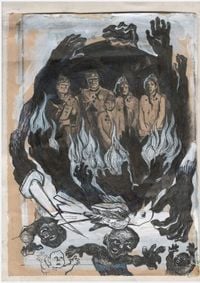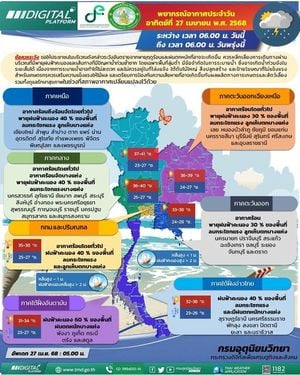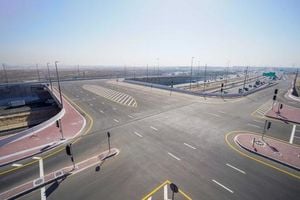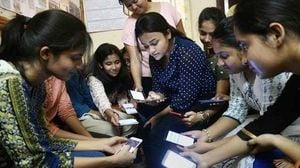Following the passage of the Waqf (Amendment) Act, 2025, in early April, Muslims across India have taken to the streets in protest. This unrest has particularly flared in West Bengal, where tensions escalated dramatically during a protest in Murshidabad district on April 11, 2025, resulting in violent clashes and riots. Tragically, three individuals lost their lives amidst the chaos: two Hindus, Chandan Das and Hargobind Das, were killed in a mob attack, while a Muslim man died due to police firing.
In the aftermath of the violence, hundreds of people, primarily Hindus affected by the riots, crossed the Bhagirathi River seeking refuge in the neighboring Malda district. The situation prompted the Calcutta High Court to intervene on April 12, ordering the deployment of central forces to restore peace and order in the area.
As the situation unfolded, a video began circulating on social media, purportedly showing a crowd pelting stones at policemen in West Bengal. However, investigations revealed that this video was actually filmed in Tinkune, Kathmandu, Nepal, during a clash between pro-monarchy demonstrators and security forces on March 28, 2025. This footage predates the events in West Bengal and is unrelated to the recent protests there.
The viral video, which shows demonstrators clashing with police, was misrepresented online, creating confusion about the source of the unrest. A reverse image search confirmed that the visuals matched those from Tinkune, where a violent confrontation had occurred between monarchy supporters and police, resulting in two deaths and numerous injuries.
On March 28, approximately 4,000 pro-monarchy supporters clashed with around 35,000 pro-republican demonstrators in Kathmandu, marking a significant escalation in tensions within Nepal. The pro-monarchy rally turned violent, leading to vandalism of public and private property and attacks on security personnel. The unrest was fueled by former King Gyanendra Shah's provocative statements on the eve of Democracy Day, which had reignited calls for the restoration of the monarchy.
The current political climate in Nepal is fraught with instability, as evidenced by the frequent changes in government since the restoration of multiparty democracy in 1990. Since then, Nepal has seen 32 government changes, with the current administration being the 14th since the establishment of the republic in 2008. This ongoing political turmoil has created an environment ripe for both pro-republican and pro-monarchy forces to mobilize their supporters.
In the wake of the March protests, pro-monarchy groups have begun organizing nationwide demonstrations and have formed a joint coordination committee to consolidate their efforts. The pro-republican camp, represented by the Socialist Front, has vowed to defend the achievements of the peaceful People’s Movement of 2006, which abolished the monarchy and established a secular constitution.
Despite the significant turnout for the pro-republican protest, the violence perpetrated by pro-monarchy supporters has raised alarms about the potential for further unrest. Republicans accuse the monarchists of inciting chaos and exploiting the current crisis, while monarchists claim they are facing suppression from the authorities.
As the political landscape in Nepal continues to evolve, questions linger about the future of the republic and the potential resurgence of the monarchy. The 2015 Constitution, which established Nepal as a federal democratic republic, is now under threat from both political actors and grassroots movements advocating for a return to monarchy.
Amidst this backdrop, the public's frustration with the political establishment has grown, fueled by widespread corruption, ineffective governance, and rising unemployment. The government, which currently holds a two-thirds majority, has faced criticism for its failure to effectively address the pressing issues facing the nation, leading to calls for alternative governance models, including a return to monarchy.
Public sentiment is increasingly anti-establishment, creating a vacuum that reactionary forces are eager to fill. Figures like Kathmandu's mayor, Balen Shah, have emerged as challengers to traditional political parties, capitalizing on public discontent with the status quo.
In summary, the recent protests in both India and Nepal highlight a broader struggle over identity, governance, and the future direction of these nations. As pro-monarchy sentiments gain traction in Nepal and unrest continues in India, the potential for further conflict looms large. The world watches closely as these developments unfold, aware of the delicate balance between stability and chaos in this region.






